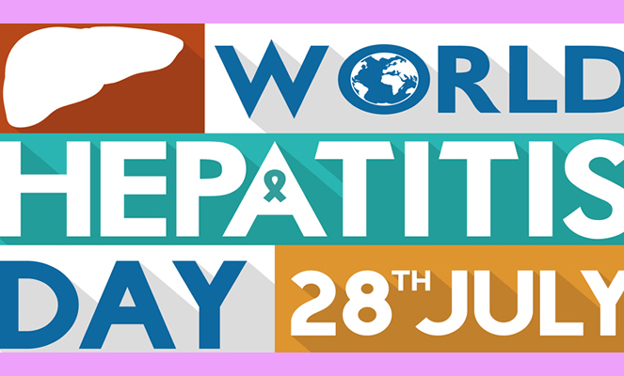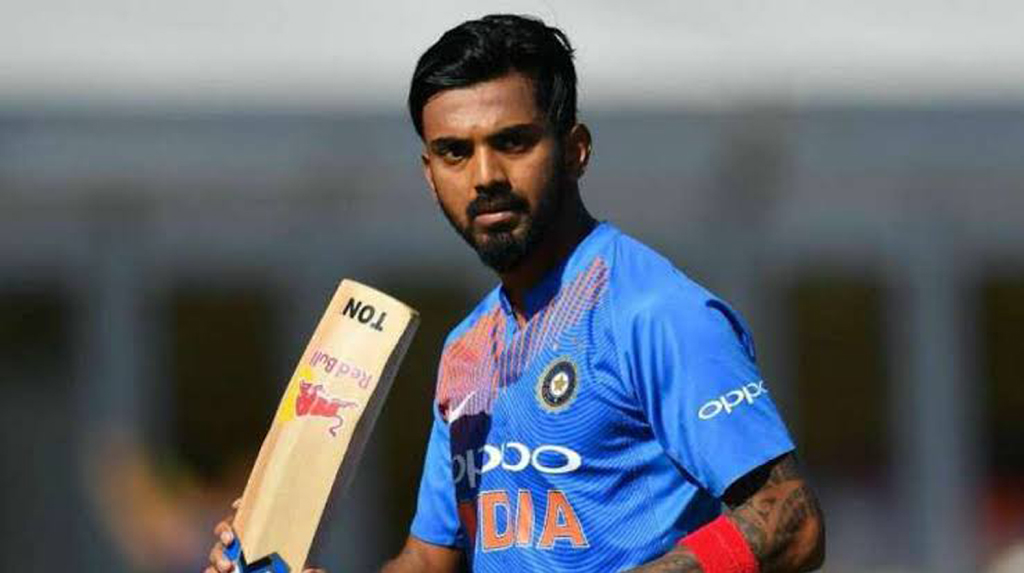World Hepatitis Day, July 28, is an opportunity to step up national and international efforts on hepatitis, encourage actions and engagement by individuals, partners and the public and highlight the need for a greater global response as outlined in the WHO’s Global hepatitis report of 2017.
The date of July 28 was chosen because it is the birthday of Nobel-prize winning scientist Dr Baruch Blumberg, who discovered hepatitis B virus (HBV) and developed a diagnostic test and vaccine for the virus.
Low coverage of testing and treatment is the most important gap to be addressed in order to achieve the global elimination goals by 2030.
On the occasion of World Hepatitis Day, West Bengal Chief Minister Mamata Banerjee said,“Viral hepatitis is one of the biggest threats of our time, but together we can eliminate this disease.”
“Viral hepatitis is one of the biggest threats of our time, but together we can eliminate this disease. Early vaccination and precautionary measures will help in preventing hepatitis,” she added.
According to Professor Mahesh Kumar Goenka,Senior Gastroenterologist and Director, Institute of Gastro sciences and Liver AGHL, “Hepatitis is preventable by increasing awareness, sanitation, vaccination, early diagnosis and proper treatment. But for patients who need liver transplantation, we need to create awareness so that the rate of cadaver donation increases. Even in today’s time, people back out from cadaver donation because of lack of awareness, religious beliefs and superstitions, which need total eradication from our society.”
According to Dr. Pradeepta Kumar Sethy, Director, Department of Gastroenterology, Medica Superspecialty Hospital, Viral hepatitis is also a serious problem in India with a high proportion of liver diseases caused by hepatitis viruses – named as hepatitis viruses A, B, C, D, E and G, respectively. Hepatitis A (HAV) and Hepatitis E (HEV) viruses are responsible for majority of the sporadic and epidemic cases of acute viral hepatitis in India. They are mostly spread through contaminated water and food. The average estimated carrier rate of Hepatitis B virus (HBV) in India is 4 per cent, with a total pool of approximately 36 million carriers.
He said Blood transfusions constitute the most important route of HBV transmission among adults. Other routes of HBV transmission include intravenous drug use, unsafe therapeutic injections, occupational injuries, transmission during healthcare-related procedures such as surgery, haemo-dialysis, and organ transplantation and to lesser extent by perinatal transmission.
Dr Sethy said the estimated prevalence of Hepatitis C (HCV)infection in India is about 1–1.9 per cent and like HBV, HCV is mostly spread through blood transfusions. HCV genotype 3 is reported as the most common genotype in India, accounting for 54–80 per cent of cases. Apart from acute infections, both HBV and HCV can cause chronic infection in humans of which 30 per cent will develop progressive liver disease culminating in cirrhosis and/or hepatocellular carcinoma (HCC).
He said viral hepatitis is treatable and preventable. Provision of safe and clean drinking water and improving sanitary conditions constitute important factors in preventing spread of HAV and HEV.Simple methods like maintaining proper hand hygiene is effective to prevent virus spread.
However, the cornerstone in preventing HAV is vaccination. Both inactivated and live attenuated vaccines are licensed and available for use in India. The Indian Academy of Pediatrics recommends two doses of vaccines to be given 6 months apart to children aged 1 year or older. Minor adverse reactions which usually occur include local pain and swelling. Though we do not currently have a vaccination against HEV, different types of HEV vaccines are now under development, Dr Sethy said.
He said Preventive approaches of HBV infection should include vigilant screening of blood and blood products and routine testing of tissue and organ donors. High-risk group of patients who receive blood transfusions (patients with thalassemia major), intravenous drug users, and health care workers should be regularly screened for infection with HBV.
Adequate education and counseling regarding safe injection use, use of barrier contraceptives (e.g. condoms) and safe sexual practices should be provided to high risk groups. Vaccination against HBV forms the preventive pillar for HBV infections. Recombinant DNA-based vaccines are available for use in India at a dosing schedule of 0, 1 and 6 months and are aimed to achieve a protective anti-HBs titre of >10 mIU/ml.,” Dr Sethy added.
According to Director of the Department of Gastroenterology, Fortis Hospital, Anandapur Dr Debasis Datta, Hepatitis B infection can lead to Cirrhosis and Liver Cancer. It is estimated that there are more than 300 million carriers of the hepatitis B virus in the world, with over 500,000 dying annually from hepatitis B-related liver disease. (UNI)



